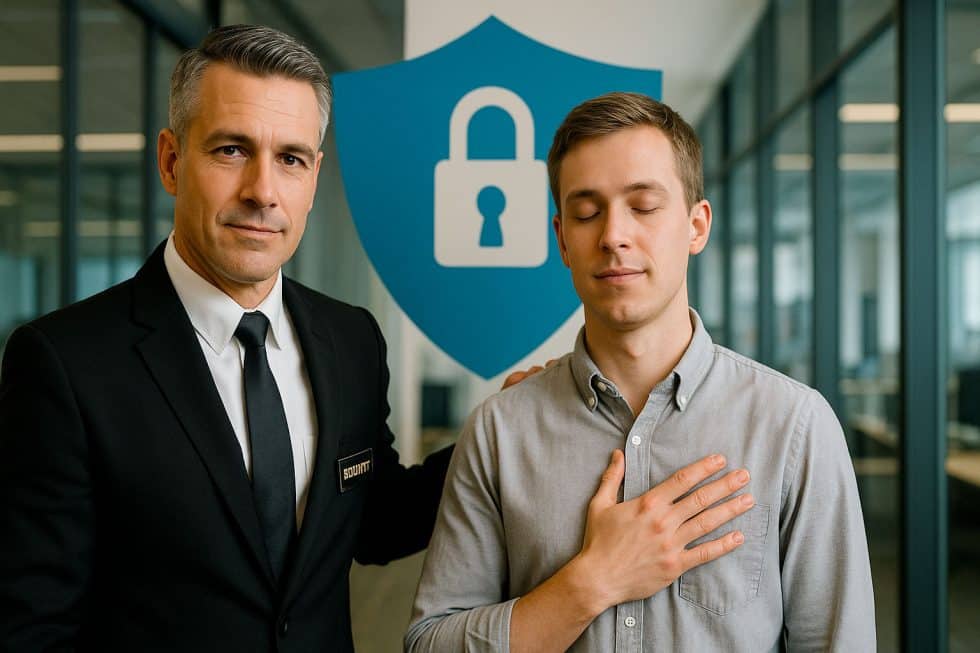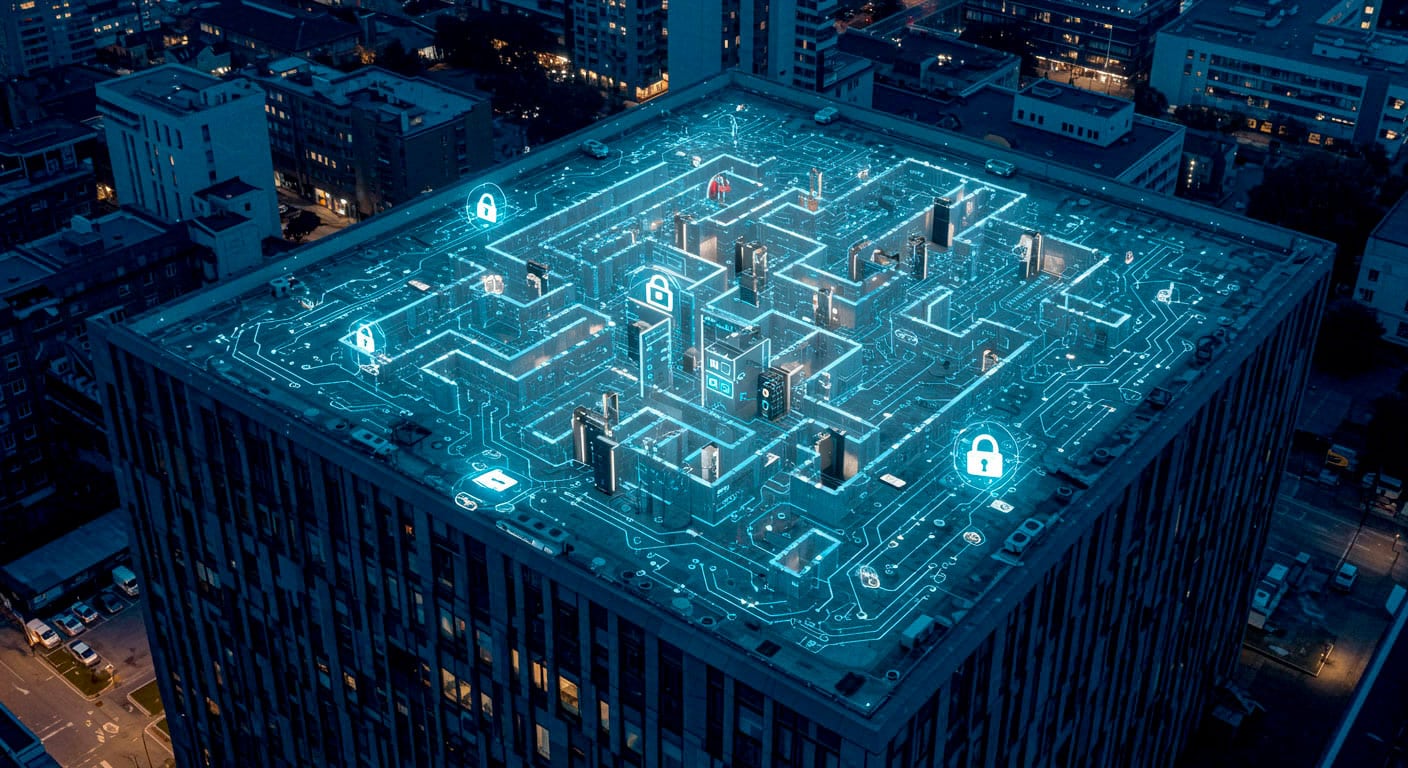The centralized governance model
In recent years, managing corporate physical security has become increasingly complex. It is no longer just about guarding a single building or monitoring a few access points.
For many companies-particularly in the industrial, energy, banking, pharmaceutical, and infrastructure sectors-physical security now means managing a branched ecosystem:
- Production and logistics locations spread over multiple regions or countries
- Branches, depots, data centers and critical infrastructure
- Increasingly stringent national and local regulations
- Continuous technology updates
- Staff and third parties that rotate across multiple facilities
In this scenario, maintaining all expertise, contracts and operational resources dedicated to physical security in-house often becomes unsustainable in both economic and organizational terms.
Outsourcing thus presents itself as a natural choice. But it is not without its pitfalls.
The real risk: loss of control in the traditional outsourcing model
Many companies that outsource physical security still adopt a fragmented model:
- A different supplier for each production site or branch office
- Local supervisory institutions independently selected by area managers
- Differentiated contracts, with variable standards and costs
- Separate management of technology providers (video surveillance, access control, intrusion detection)
At first glance, this approach seems to ensure territorial flexibility and low cost.
In reality, it generates a number of critical issues over time that become evident at precisely the most sensitive moments:
- Lack of uniformity in operating protocols and procedures
- difficulty of centralized supervision
- Loss of transparency about the real costs and quality of services
- Unevenness in levels of staff training and professionalism
- Increased exposure to errors, accidents, or regulatory noncompliance
- Slower reaction times in emergency situations
In practice, the company gradually loses effective governance of its physical security, which becomes a sum of vendors managed independently by individual operating locations.
The evolutionary solution: centralized governance and single coordination partner
The most modern and functional approach is not to give up outsourcing, but to redefine its governance logic.
More and more companies are adopting a model that unites:
- Widespread operational outsourcing
- Centralized coordination and supervision through a single partner
In this model, the company entrusts a specialized party with the task of:
- Select and negotiate local suppliers throughout the territory
- Uniform security protocols at each site
- manage daily operations
- Monitor service quality through shared SLAs and KPIs
- Ensure periodic audits and cost transparency
- To offer a single interface to corporate management
The strategic advantages of centralized governance
For the CEO and Security Manager, this solution offers a number of concrete benefits:
- Operational uniformity on a national or international scale
All company sites work to the same security standards, with uniform and verifiable protocols. - Visibility and centralized control
Management has a single reporting system that can provide up-to-date data on costs, performance, critical issues and interventions. - Reducing management complexity
No more need to manage dozens of separate contracts, differentiated audits or disparate local suppliers. Everything is overseen by a single point of contact. - Economic efficiency and cost transparency
Centralized aggregation allows economies of scale, more efficient negotiations and predictable costs in the medium to long term. - Increased responsiveness
In case of emergencies or critical issues, the single partner is able to quickly activate all necessary resources on the ground, without intermediate steps or bureaucratic slowdowns. - Increased regulatory compliance
Centralization facilitates verification of regulatory and contractual requirements, reducing the risk of noncompliance.
A model at the service of general management
For the CEO, CFO, and Security Manager, this model represents a shift in perspective:
- From a multiplicity of fragmented providers that are difficult to control
- To an integrated physical security system, managed by a specialized partner working on behalf of the company, but under its direct control
Physical security is no longer seen as a sum of local micro-services, but as a strategic corporate infrastructure–flexible, efficient and monitorable.
Conclusion
In an age when physical risks are increasingly sophisticated and interconnected with reputational, industrial and financial risks, control over physical security cannot be dispersed.
Centralizing governance while maintaining territorial agility through selected partners enables companies to achieve:
- greater operational soundness
- more controlled costs
- simplified compliance
- superior responsiveness
- and most importantly: effective and transparent control over one of the most sensitive assets in the business.



